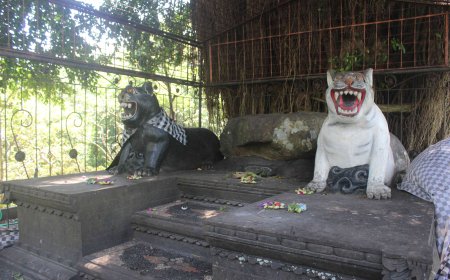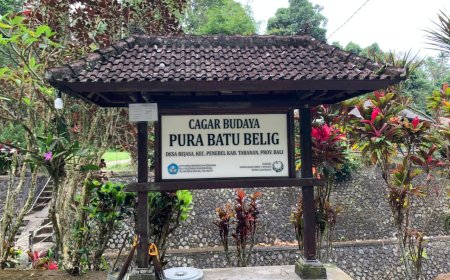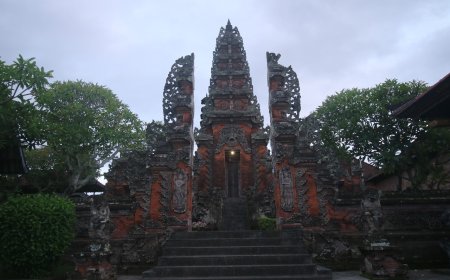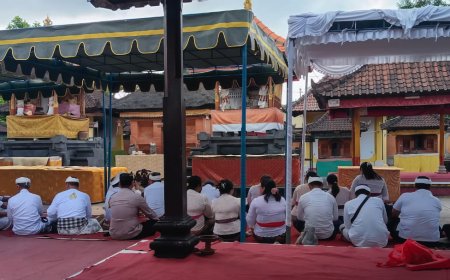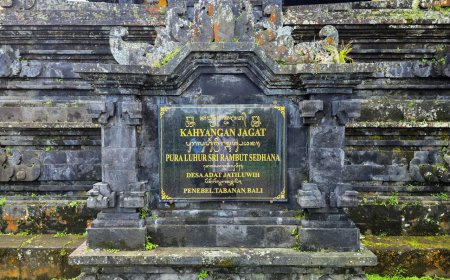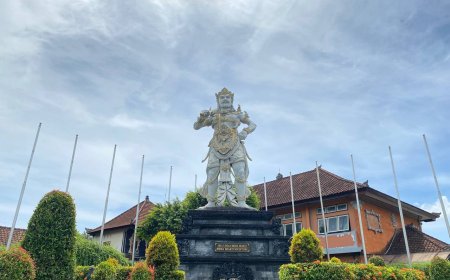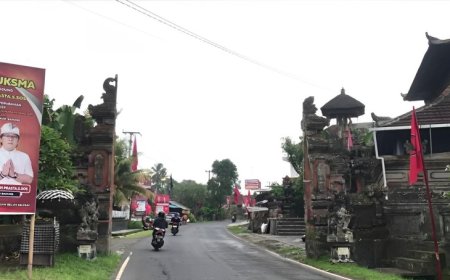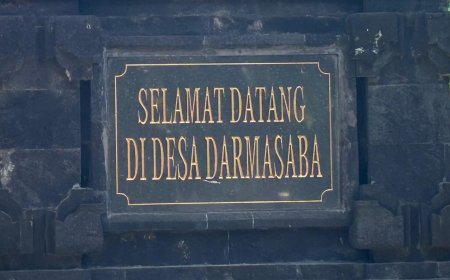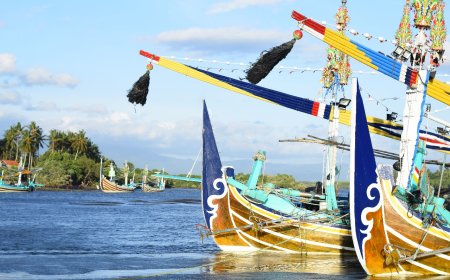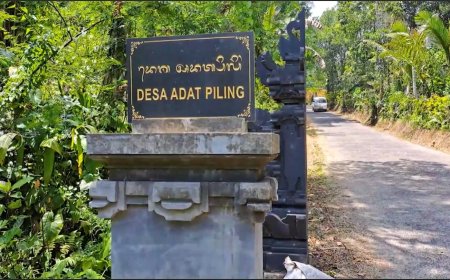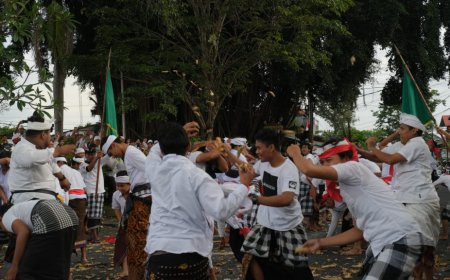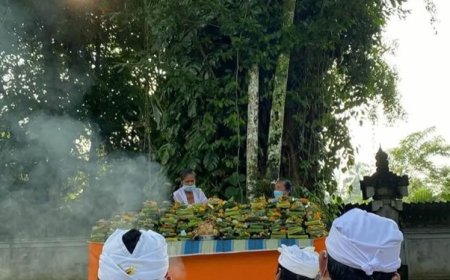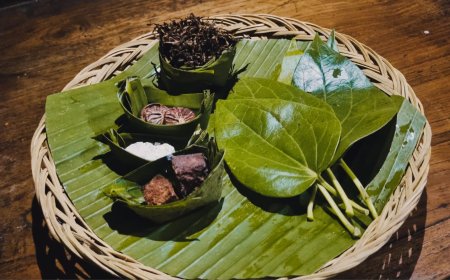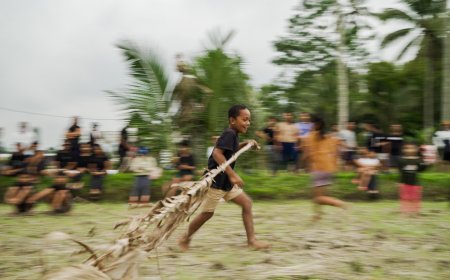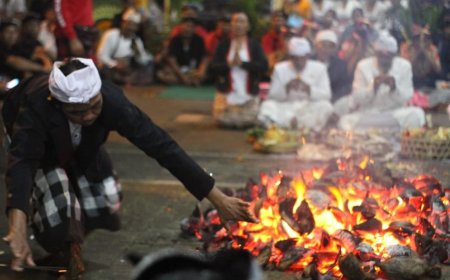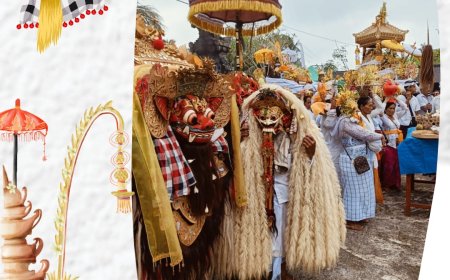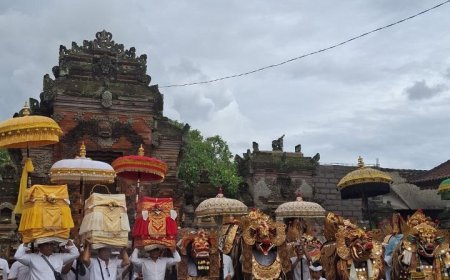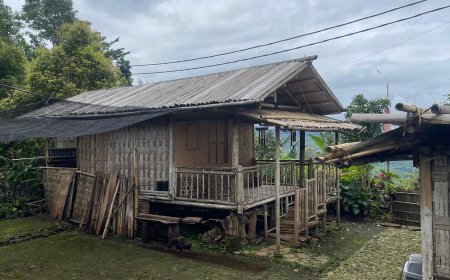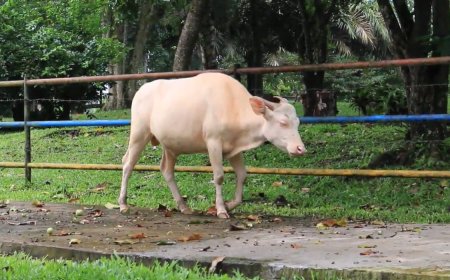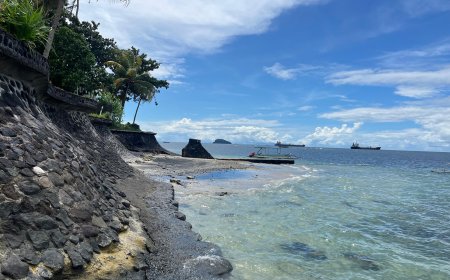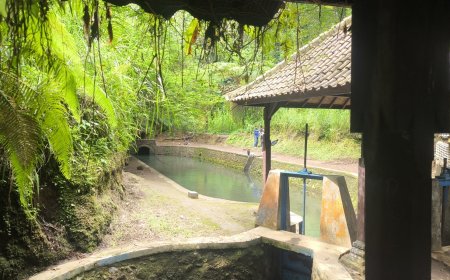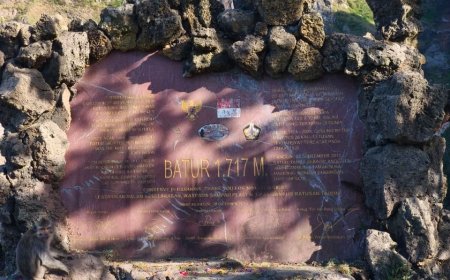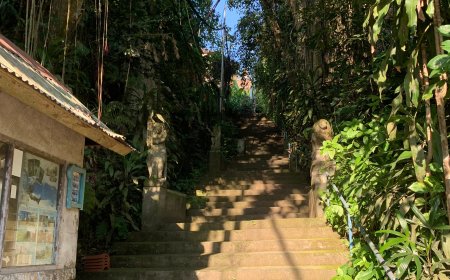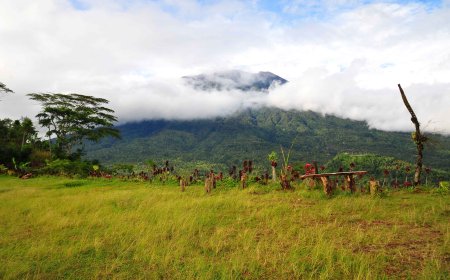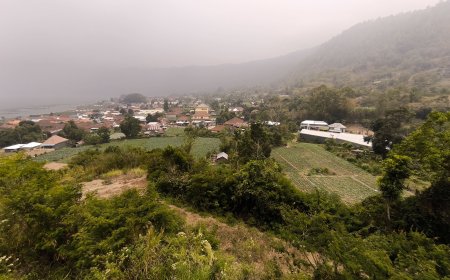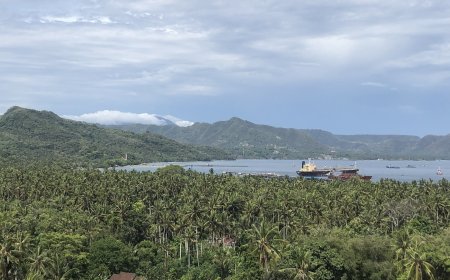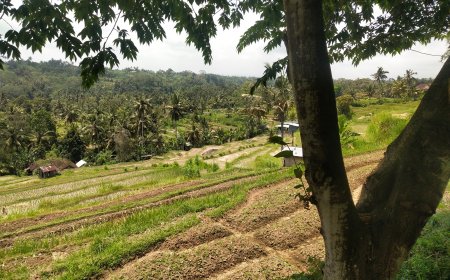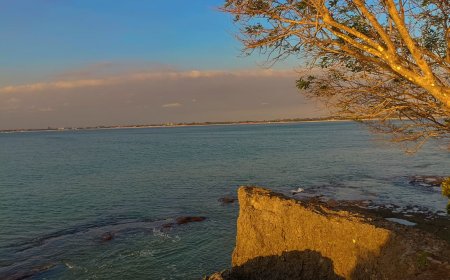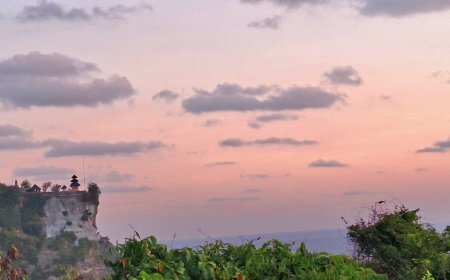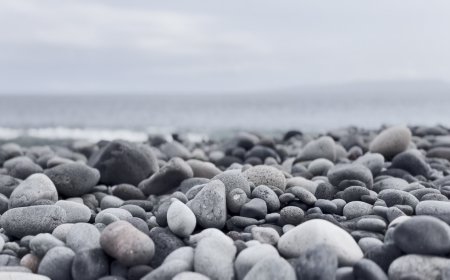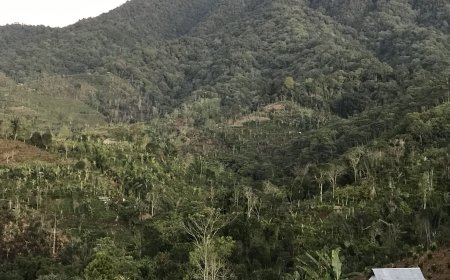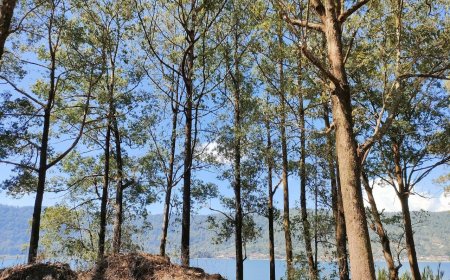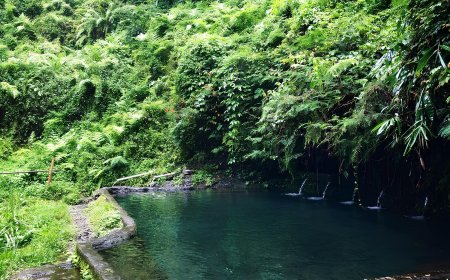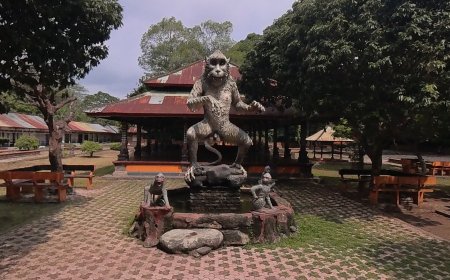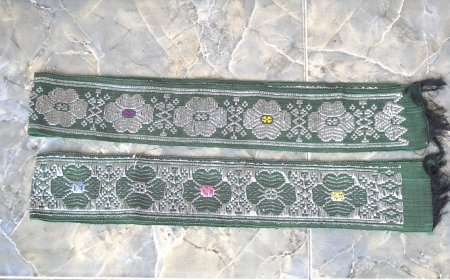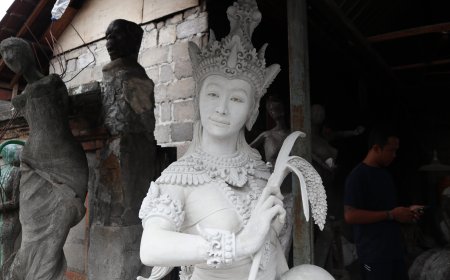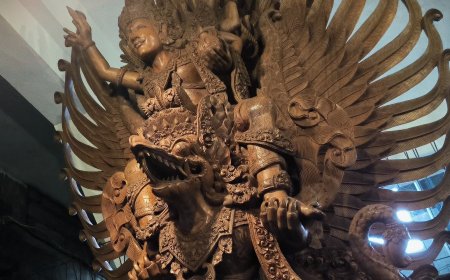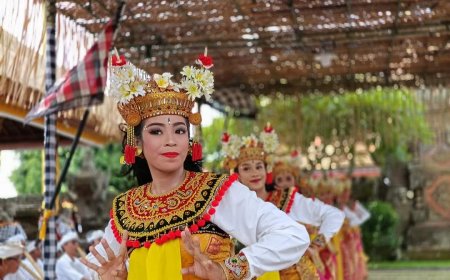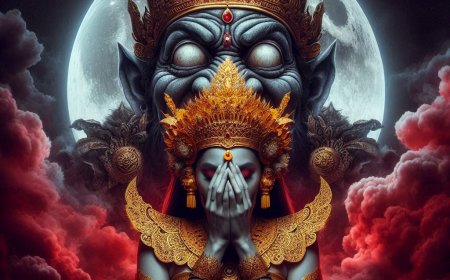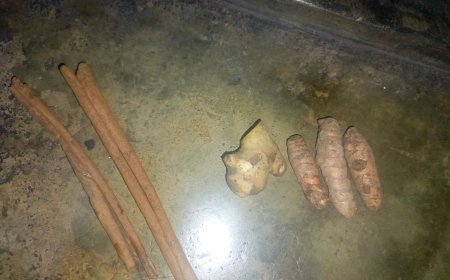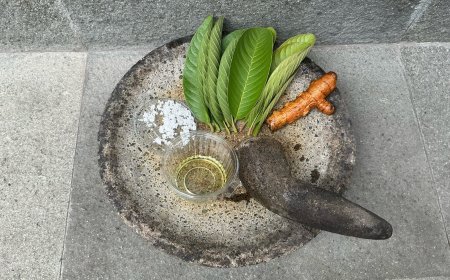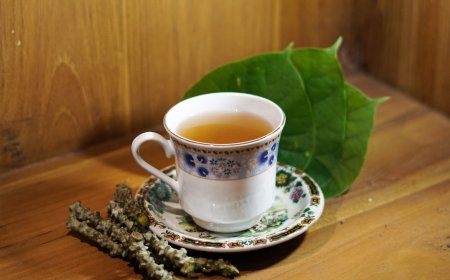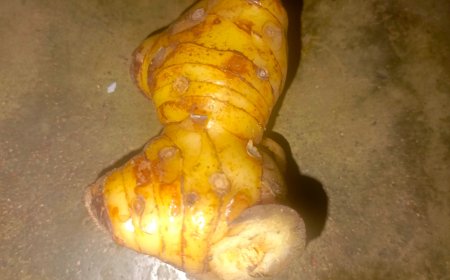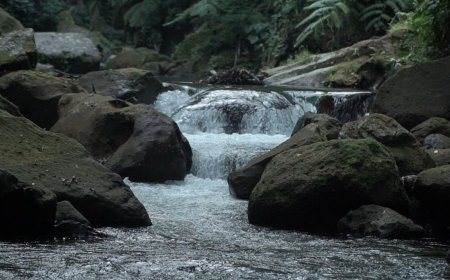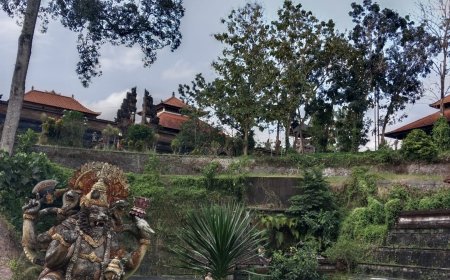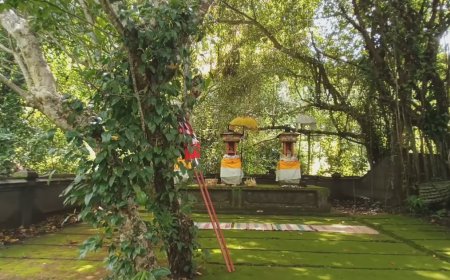Mystery of Holy Water: Pura Taman Beji Cengana and the Legend of 5 Beautiful Angels Guarding the Purity of Beji Temple
Pura Taman Beji Cengana is a temple with a Beji (sacred spring) located in the Darmasaba Village, Abiansemal District, Badung Regency. This temple is believed to be guarded by five beautiful celestial nymphs who reside in the temple. In addition, the local community and visitors from outside the village believe that the sacred spring in the temple also bestows blessings of healing for those experiencing difficulties in mental health or spiritual disturbances.
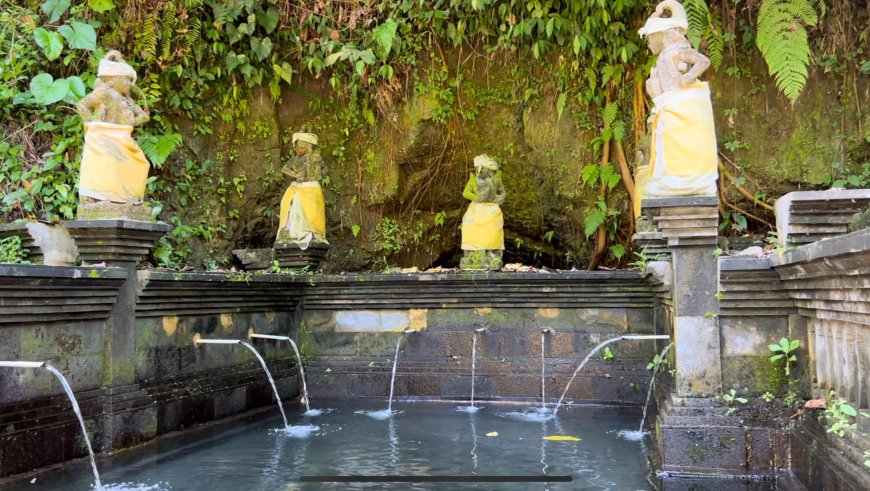
Pura Taman Beji Cengana is a temple with a Beji (sacred spring) located in the Darmasaba Village, Abiansemal District, Badung Regency. This temple is believed to be guarded by five beautiful celestial nymphs who reside in the temple. In addition, the local community and visitors from outside the village believe that the sacred spring in the temple also bestows blessings of healing for those experiencing difficulties in mental health or spiritual disturbances.
The brief history of Pura Taman Beji Cengana begins with an elder in the Darmasaba Village who intended to build a house. In search of building materials, including paras stones, the elder accidentally discovered a Tirta (sacred water) source when looking for paras stones along the riverbank. After finding this Tirta source, the person then constructed a spring using a bamboo.
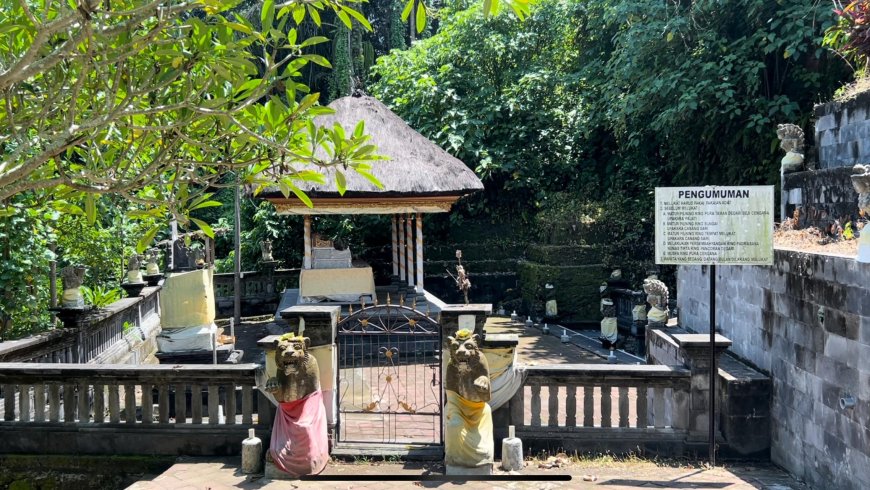
Taman Beji Cengana Temple (Photo Source: Personal Collection)
Subsequently, during the governance of the Darmasaba region, led by Ki Bendesa, who was known for his hobby of fishing and setting up fish traps along the river. Ki Bendesa frequently passed through the area that was previously referred to as the spring garden at that time.
Every morning, Ki Bendesa found that the fish traps he had set in the river were always replaced with pandanus leaves. Curious, Ki Bendesa decided to find out who was replacing the fish traps. By hiding and spying, he discovered that a group of beautiful women known as Dedari was bathing in the spring.
Eventually, Ki Bendesa stole one of the women's scarves and made her his wife," he explained. During his marriage to the beautiful woman, Ki Bendesa gradually became wealthy. At that time, many guests visited Ki Bendesa's residence. "Whenever guests came, Ki Bendesa could prepare meals for them," he said.
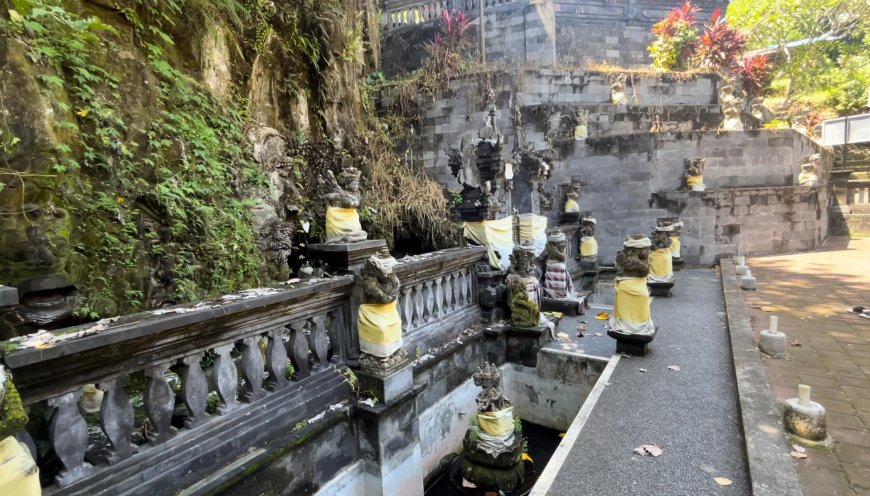
Taman Beji Cengana Temple (Photo Source: Personal Collection)
However, the story tells that Ki Bendesa's wife gave him a warning not to open her rice cooking place. "The only instruction when the wife went to the market was that Ki Bendesa should not open the rice cooking place. However, due to curiosity, Ki Bendesa violated his wife's prohibition and opened the rice cooking place," he explained.
When the rice cooking place was opened, Ki Bendesa was surprised to find a grain of rice and a chicken feather. Over time, Ki Bendesa could no longer provide meals for his guests. After that incident, the rice in the storage place ran out. Later, Ki Bendesa's wife's scarf was found under a stone along with black glutinous rice.
The wife then expressed her desire to go to heaven, but her son wanted to follow her. However, the mother gave a message, "If you want to find me, look for me in the well." "Her son finally fell into the well and died," he said. The well where the child fell was eventually adorned with a shrine, established in Jeroan Mangku Dalem, Darmasaba Adat Village, named Ratu Alit.
Another story related to the existence of Pura Taman Beji Cengana is connected to the journey of Sang Dang Hyang Niratha. He came to perform meditation with the intention of seeking inspiration. Over time, the place was used as a meeting place. From this story, the name Darmasaba Village supposedly emerged.
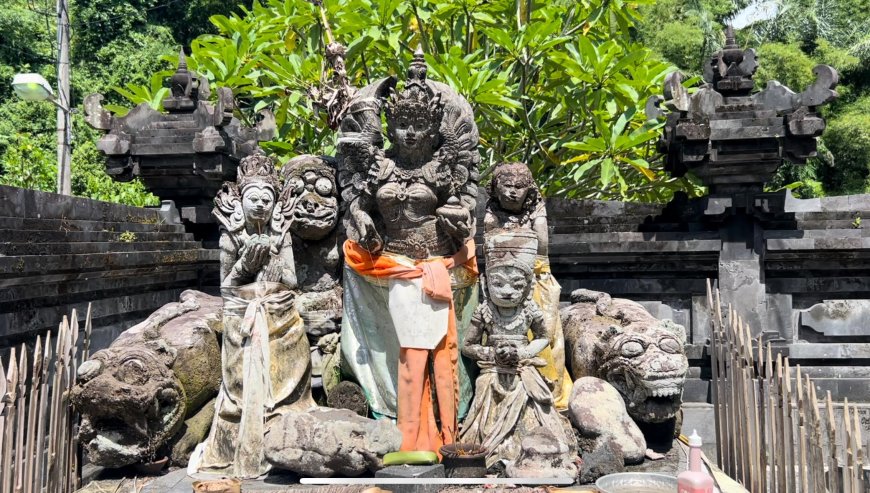
Taman Beji Cengana Temple (Photo Source: Personal Collection)
"This is related to Pura Buda Manis built by Kebo Iwa. Eventually, in our village, we have four Banjars. Banjar Peninjoan is said to function as a place to oversee meetings, Banjar Cabe because, during meetings at Pura Buda Manis, many people flocked there, Banjar Menesa, and Banjar Darmasaba.
It is said that those who come for a sacred cleansing ritual usually bring offerings such as Pejati, of course, by first visiting the village priest. The priest will then present the offerings brought by those who will undergo the cleansing ritual.
Asked about taboos for those participating in a sacred ceremony (tangkil), Nyoman Jinga said there were none. However, it is recommended for women who are menstruating not to participate in the tangkil at Pura Beji Taman Cengana.
